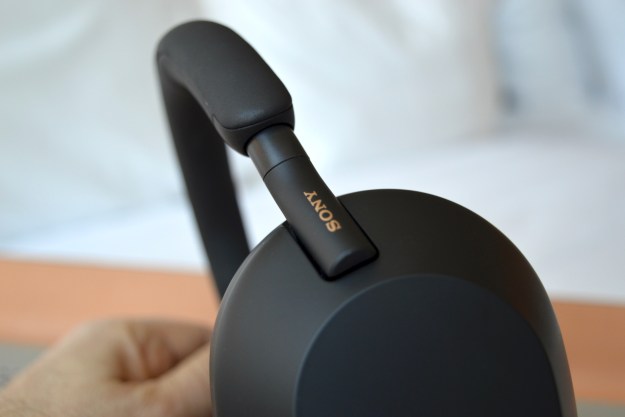
Called the Concept N, the futuristic-looking new device is worn around one’s neck, and projects sounds in and around one’s head using directional speakers.
The new headphones are designed to allow their wearers to listen to music while also being able to hear everything going on around them. This allows users who commute, for example, to hear environmental noise such as car horns, and thus stay safer.
That, plus a lack of bulky over-ear cans or tangly cables means that the Concept N could be an extremely practical device for people who move around a lot when they jam out. Plus, they could be the perfect compliment to future augmented reality devices, where people wish to look as normal as possible in a physical world which is digitally overlaid with visual and sonic information.
Designed to be heard mostly by the wearer, the “ears free” headphones project sound outward, but directionally enough that most around the wearer can’t tell exactly what they are listening to. The Concept N also features a camera, and can be voice controlled.
Aiming the camera is as simple as moving one’s head, but it is likely not meant to take high-quality images — instead being added to aid in things like immersive video conversations over the Internet.
The new device is still a prototype with some kinks to work out; According at least one hands on review, the voice control aspect leaves a lot to be desired. But it does offer something that no other hands-free headphones offer, in that there is nothing to touch the wearer’s ears.
An official release day has yet to be announced for the post-prototype model, but they could hit public necks, and ears, before the end of this year.
Editors' Recommendations
- Sony’s ULT Power Sound headphones and speakers go big on powerful bass
- Oladance’s waterproof OWS Sports open-ear headphones target athletes
- JBL upgrades its 2024 wireless headphones with massive battery life
- JLab steps closer to Sony and Bose with JBuds Lux ANC headphones
- Huawei joins the open-ear trend with its FreeClip wireless earbuds




